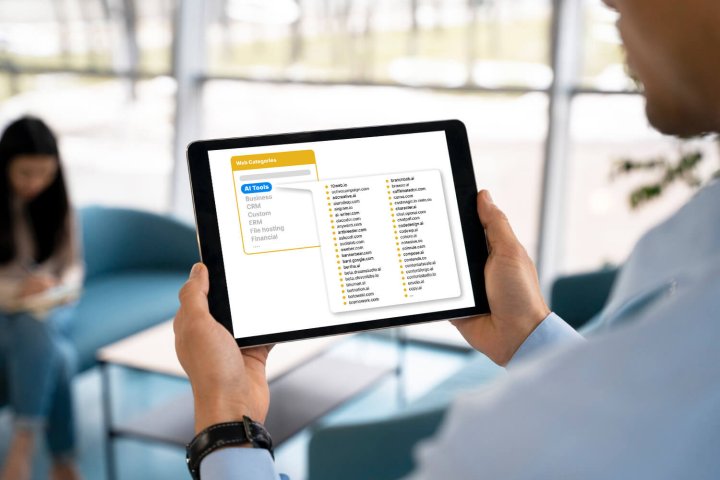The future looks dismal for sandbox traditionalists according to Google search trends. While this is bad news for children and wayward cats, it could be very good news for data security.
The traditional sandbox – a square area filled with sand and populated with children and toys – is falling in popularity compared to other, more high tech uses for the term. A look at Google shows only 5.2 million hits for the combined “sandbox” and “sand” search terms.
That is a fraction of the 14 million hits for a “software” and “sandbox” search and even further behind the 33.4 million hits for a “sandbox” and “game” terms.
Three reasons to play in a real sandbox
There are three advantages for having children play in a real sandbox:
- Limited area to roam – It is much easier to monitor the activities and whereabouts of children when they have been placed in a sandbox. While they might not always stay there, the boundaries can be clearly understood by all parties.
- Restricted toy access – Some toys are made for the sandbox and others, like that model train set, are for inside use only. It is easy to control what toys are brought out to the sandbox and what is brought back inside.
- It all stays in the box – The sandbox is a closed system with limited times, access, options – and dangers. While parents do have to watch out for malicious additions such as broken glass, needles, and the contributions from local cats, a privately maintained sandbox is an intrinsically safe place for a child to play.
Virtual sandbox, real security benefits
The new meanings to sandboxing are what linguists’ call a "semantic shift," as the attributes of the child’s play area have been taken over as a technical metaphor by the IT industry. Sandboxing or visualization is a way to let suspect programs run, safely isolated from the rest of the device.
Safetica technology brings the sandbox concept over to data security and endpoint monitoring. As part of its agent installed on the work computer, Safetica places all applications in virtual sandboxes. This creates three major benefits from the perspectives of data control and DLP system implementation:
- Limited area to roam – It is easier to monitor employee activities when they have been placed in a sandbox. The Safetica sandbox enables all inputs, outputs, and activities to be accurately monitored and controlled without fear of a workaround.
- Restricted access – With Safetica, the system administrator is empowered to control the apps used for working with data, moving data, and storing it.
- It all stays in work computer – Safetica is “app agnostic”. It doesn't care what apps users are running and doesn't require an administrator to run around and update protocols for the system to properly work. That enables significant savings in the man hours needed to implement and operate a data security system.
So there you have it. There is a sandbox in your future, but it just might not contain any sand. That’s good news for you and your data security, not such good news for your child or your cat.
For more information about getting the Safetica sandbox in your office, just drop us a line and we'll contact you.
She devotes herself to the people who make up Safetica and excitedly introduces it to those who might become a part of it one day.
Next articles

Block and Protect Your Sensitive Data in ChatGPT Using Safetica
To minimize the risks of data loss associated with ChatGPT, Safetica offers an effective solution.

